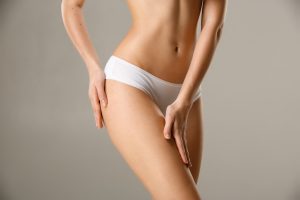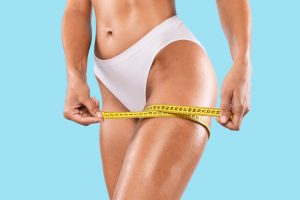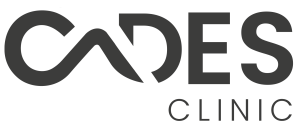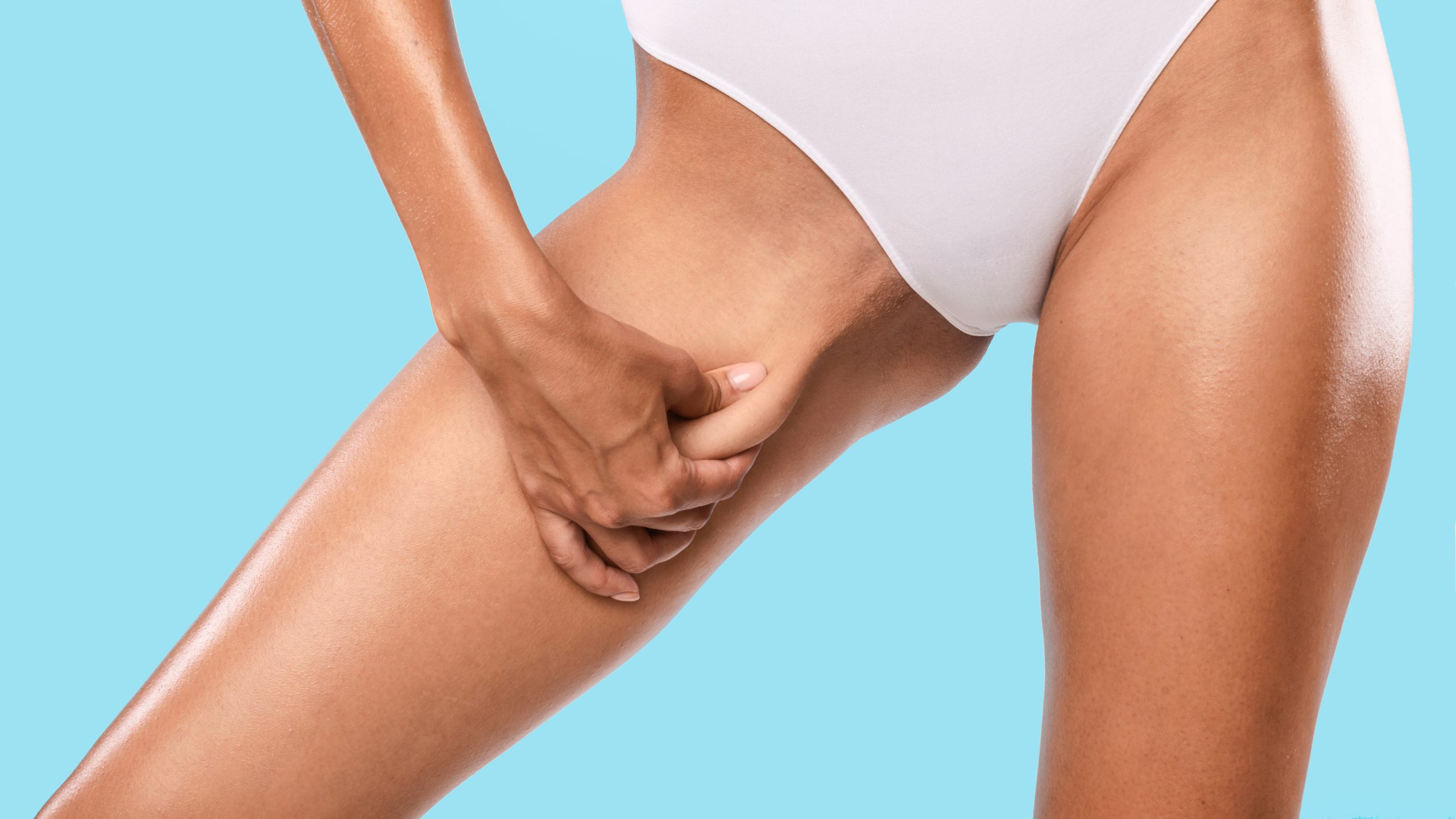Introduction
Liposuction has been a transformative procedure for many, helping individuals achieve their desired body shape. For those considering liposuction on their legs and thighs, it’s essential to be well-informed about the process, recovery, and potential outcomes. In this article, we will discuss key points to consider before undergoing leg and thigh liposuction.
Who is a good candidate for leg and thighs Liposuction?
Targeting Specific Fat Pockets: The best candidates for leg and thigh liposuction often have specific areas where stubborn fat tends to accumulate. Whether it’s the inner thighs, outer thighs, or both, liposuction can effectively remove excess fat cells, reshaping your body in those particular areas. However, it’s essential to note that liposuction doesn’t equate to overall weight loss; its goal is to sculpt and contour specific body regions. If your aim is to reduce the overall size of your thighs, traditional weight loss methods may be more suitable.
Can you walk after Leg Liposuction?
Stay Lightly Active for a Smooth Recovery: After leg and thigh liposuction, engaging in light physical activity is crucial for proper recovery. While high-impact exercises like running or jumping should be avoided initially, patients should start walking soon after the procedure. Walking enhances blood circulation, expediting the healing process and reducing the risk of blood clots. For those with sedentary lifestyles or desk jobs, incorporating short walks into your daily routine is important. Should any discomfort occur, pain medication is available to manage it.
What does a Leg and Thighs Liposuction do?
Addressing Cellulite and Stretch Marks: It’s important to understand that thigh liposuction is not designed to address cellulite or stretch marks. Cellulite is a complex issue involving multiple factors such as muscle, fat cells, and fibrous connective tissue in the skin. Liposuction primarily removes fat cells and won’t improve the dimpling associated with cellulite. However, combining laser treatments that enhance collagen formation with liposuction may help improve skin tightness, reducing the appearance of cellulite over time. As for stretch marks, they are forms of scar tissue, and removing fat from underneath the skin won’t improve their appearance. Prevention is key when it comes to managing stretch marks.

How long does it take to recover from Liposuction on thighs and legs?
Recovering from thigh or leg liposuction is an essential part of the journey to achieving your desired body shape. While the exact recovery time can vary from person to person, there are general guidelines to help you understand what to expect and how to facilitate a smooth recovery process.
Recovery Timeline:
The recovery period after thigh liposuction typically spans from seven to fourteen days. However, it’s crucial to understand that this is a rough estimate and individual factors can influence the duration. The amount of fat removed and the specific liposuction technique employed can significantly impact your recovery timeline.
Full Recovery:
Fully recovering from thigh liposuction entails several key aspects. On average, it may take around 2 to 3 weeks to achieve complete recovery and observe the final results. The ultimate sign of full recovery lies in the appearance of your thighs. This can only be accurately assessed during follow-up appointments with your cosmetic surgeon. Therefore, selecting a qualified and experienced cosmetic surgeon is essential to ensure the best results. With the right professional, you can anticipate enjoying the full benefits of your thigh liposuction within approximately a month after the procedure.
Effective Recovery Tips:
To enhance your recovery process and optimize the results of your thigh liposuction, it’s crucial to follow your cosmetic surgeon’s post-operative instructions diligently. Here are some additional tips for an effective recovery:
1. Rest and Listen to Your Body: Allow your body the time it needs to heal. Resting is a fundamental aspect of recovery. Listen to your body’s signals, and avoid overexertion.
2. Compression Garments: Your surgeon may provide you with compression garments to wear after the procedure. These garments aid in reducing swelling and shaping the treated areas. Follow your surgeon’s recommendations regarding garment usage.
3. Stay Hydrated: Adequate hydration is crucial for a smooth recovery. Drinking plenty of water supports the body’s natural healing processes.
4. Balanced Nutrition: Proper nutrition plays a vital role in recovery. Ensure you maintain a balanced diet rich in vitamins and nutrients to promote healing.
5. Manage Pain: If you experience discomfort or pain during recovery, take any prescribed pain medication as directed. This will help make your recovery more comfortable.
6. Avoid Smoking and Alcohol: Smoking and excessive alcohol consumption can impede the healing process. It’s advisable to avoid these activities during recovery.
7. Follow Up with Your Surgeon: Attend all scheduled follow-up appointments with your cosmetic surgeon to monitor your progress and address any concerns.
By adhering to these recovery tips and following your surgeon’s guidance, you can significantly contribute to a successful thigh liposuction recovery. It’s essential to maintain realistic expectations and stay patient throughout the process, as achieving the final desired results may take some time. Remember, the journey to a more sculpted and contoured appearance is a rewarding one, and with proper care, you can enjoy the benefits of thigh liposuction for years to come.

Conclusion
Leg and thigh liposuction is a valuable option for individuals looking to target specific fat deposits in these areas. Understanding the procedure’s benefits, the need for post-operative activity, and its limitations is crucial for a successful outcome. Remember that it’s essential to choose liposuction for your own satisfaction and self-improvement rather than external expectations. Additionally, considering alternative treatments like CoolSculpting can provide tailored solutions to meet your body goals. Always consult with a qualified medical professional to determine the most suitable approach for your unique needs.
Disclaimer: The content on this blog is intended for general informational purposes only. It is not a substitute for professional medical advice, diagnosis, or treatment. Always consult qualified healthcare providers for personalized advice. Information regarding plastic surgery, dental treatment, hair transplant, and other medical procedures is educational and not a guarantee of results. We do not assume liability for actions taken based on blog content. Medical knowledge evolves; verify information and consult professionals. External links do not imply endorsement. By using this blog, you agree to these terms.





